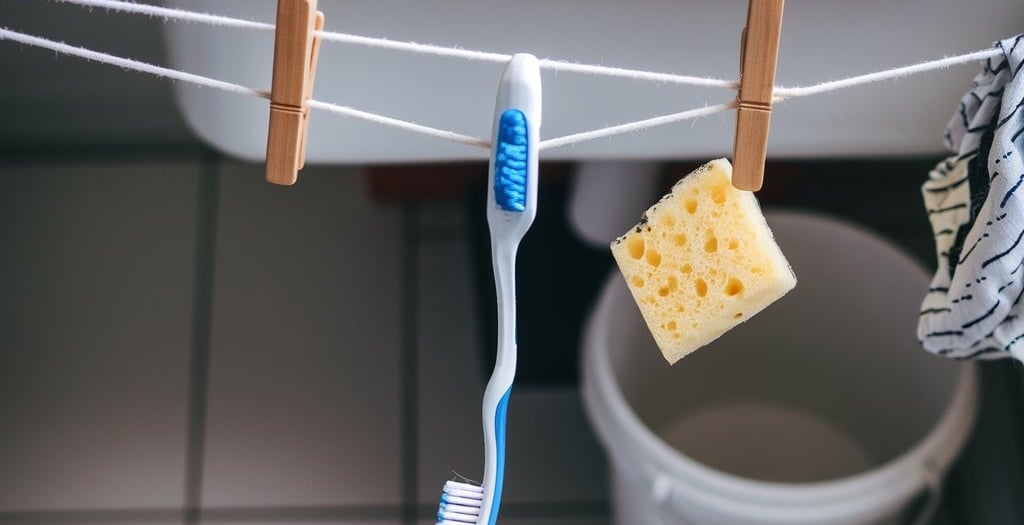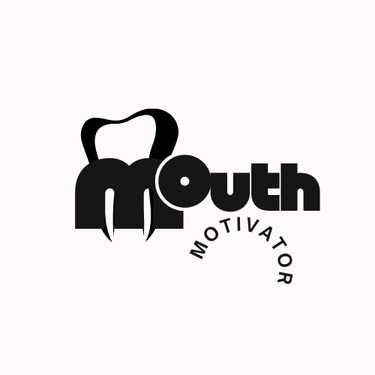Spring Cleaning: Refresh Your Dental Routine by Revamping Your Toothbrush
Refresh your dental routine this spring by revamping your toothbrush habits. Discover how to choose the best toothbrush, maintain it properly, and ensure optimal oral hygiene.
SWhite, RDH
3/23/20252 min read


Spring cleaning goes beyond tidying up your home—it offers a perfect opportunity to reassess and refresh other aspects of your life, including your dental hygiene routine. Revamping how you care for your toothbrush can ensure you maintain optimal oral health. In this blog post, we explore the benefits of toothbrush maintenance, what to look for in a new toothbrush, and best practices for keeping your toothbrush in top condition regardless of using an electric or manual brush.
The Importance of Keeping Your Toothbrush Clean
Toothbrushes play a crucial role in maintaining oral hygiene by removing plaque and bacteria from our teeth. However, they can become breeding grounds for harmful bacteria if not properly cared for. That is why I felt it necessary to discuss this topic. We need no help in introducing anymore bacteria into our mouths!
Reasons to Maintain or Replace Your Toothbrush:
Bacteria Buildup: Over time, toothbrush bristles can harbor bacteria, which may lead to potential oral health issues.
Reduced Efficacy: Worn-out bristles may not effectively clean the teeth, leading to plaque buildup and gingivitis.
Prevention of Illness: Regularly replacing your toothbrush helps prevent multiplying germs, especially after illness. ALWAYS change your brush after being sick!
How Often Should You Replace Your Toothbrush?
The American Dental Association (ADA) recommends replacing toothbrushes every three to four months. If bristles appear frayed sooner, consider changing more frequently, as effectiveness diminishes with wear. And I will say it again, or after you have had any illness.
Choosing the Right Toothbrush
With numerous options available, selecting the right toothbrush can enhance your cleaning routine.
Key Factors to Consider:
Bristle Type: Opt for a toothbrush with soft bristles. They effectively clean teeth without irritating gums. Hard bristles are not necessary to effectively clean and can be damaging to the gums and teeth.
Size and Shape: Choose a toothbrush with a head size that comfortably fits in your mouth to facilitate better cleaning of hard-to-reach areas. The most common size for most people is considered the compact size. If you have all teeth, including wisdom teeth, you may opt for a full size brush head.
Electric vs. Manual: Electric toothbrushes may offer superior cleaning by removing more plaque, and is ideal for those struggling with manual dexterity. They are also great for care givers that are performing someone else's oral care.
Best Practices for Toothbrush Care
Proper care extends your toothbrush's lifespan and maintains oral hygiene:
Rinse Thoroughly: After each use, rinse the toothbrush with water to remove any remaining toothpaste or debris.
Storage: Store it upright and uncovered to air-dry thoroughly. Avoid keeping in closed containers where moisture can collect. If you keep one in your travel bag, it may need to be replace more often.
Separate Storage: If you share a bathroom, keep your toothbrush separate from others to avoid cross-contamination.
Environmentally Friendly Toothbrush Options
If you prioritize sustainability, consider eco-friendly alternatives such as biodegradable bamboo toothbrushes or those with replaceable heads to reduce waste.
Conclusion
Updating your dental routine as part of your spring cleaning helps maintain excellent oral health. By replacing your toothbrush regularly, opting for the right type, and caring for it properly, you're investing in a healthier smile. Take this spring as the chance to reinvigorate your dental habits and brush away the past.
Swhite, RDH
Health
Expert insights on oral health and wellness.
Disclaimer-see your oral health care professional for personal advice
Amazon Affiliate-I receive commision from items purchased from my site at no additional costs to you
Choose Hostinger https://hostinger.com?REFERRALCODE=6CSMAEMAECHX
swhite@mouthmotivator.com
© 2025. All rights reserved.
